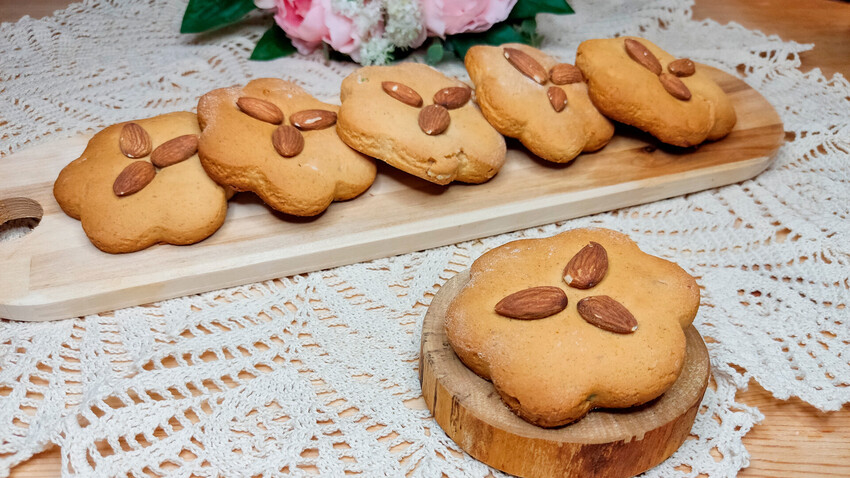
Enjoy a tea party in Tolstoy style - with vegetarian gingerbread made according to an old Russian recipe.
Olga BrovkinaYasnaya Polyana is the famous estate of one of the greatest 19th century Russian writers, Leo Tolstoy. Among its idyllic beauty and serenity, he penned some of the world’s greatest literary masterpieces, studied pedagogy and, of course, spent a lot of time with his family.
Proper nutrition was a priority at the Tolstoy estate. For example, every day the family always ate at the same time. And every day, the writer's wife, Sophia, set the menu that the cook had to prepare for the next day. Sometimes, however, Sophia had to cook for the whole family herself.
Sophia was a warm and enthusiastic hostess. She bought kitchen utensils that were expensive for that time, subscribed to home economics magazines and even compiled her own cookbook, which, alas, was never published during her life. It has been lying in the family archive for more than a 100 years and only recently became known to the public.
The book has 162 recipes. They are considered a model of balanced and proper home nutrition. After Leo Tolstoy became a vegetarian, Sophia eagerly embraced this diet. Zhamki is one of the recipes from Sophia’s cookbook that’s suitable for a vegetarian diet.
In the Tula Region zhamki is still the name of small gingerbread. This name comes from the verb "to squeeze", (in Russian ‘zhat’’), because of the process when making this sweet delight: unlike the famous mass-produced Tula gingerbread, the small gingerbread was made by squeezing with one’s hands.
As it is well-known, honey acts as a natural preservative, and any sweet dessert made with it will last longer.
Thus, real honey gingerbread can stay fresh and tasty for months, if you don’t devour it right away, of course!
Today, we’ll prepare delicious zhamki according to an adapted version of the old recipe from Sophia Andreyevna’s cookbook.
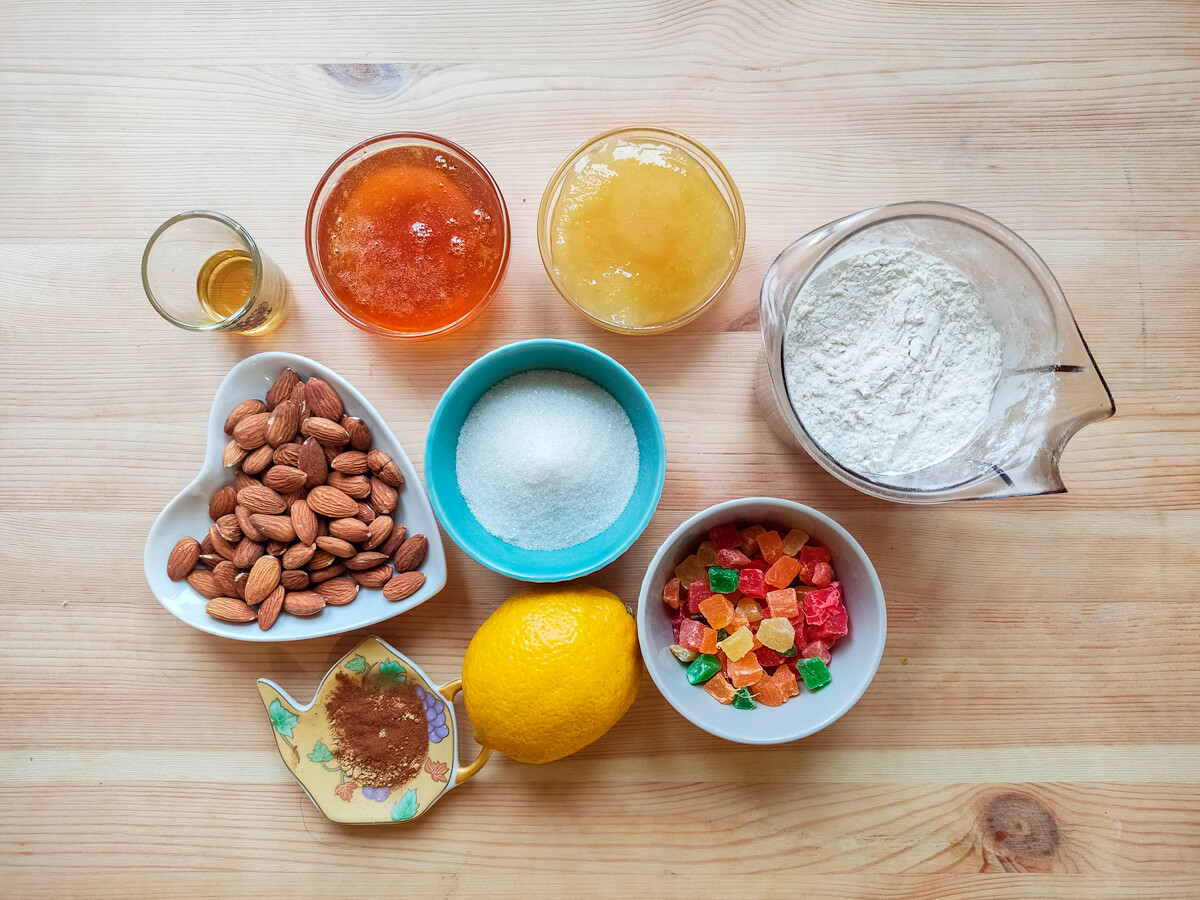
1. First of all, we need to mix two types of honey in one saucepan; melt it and cool to room temperature.
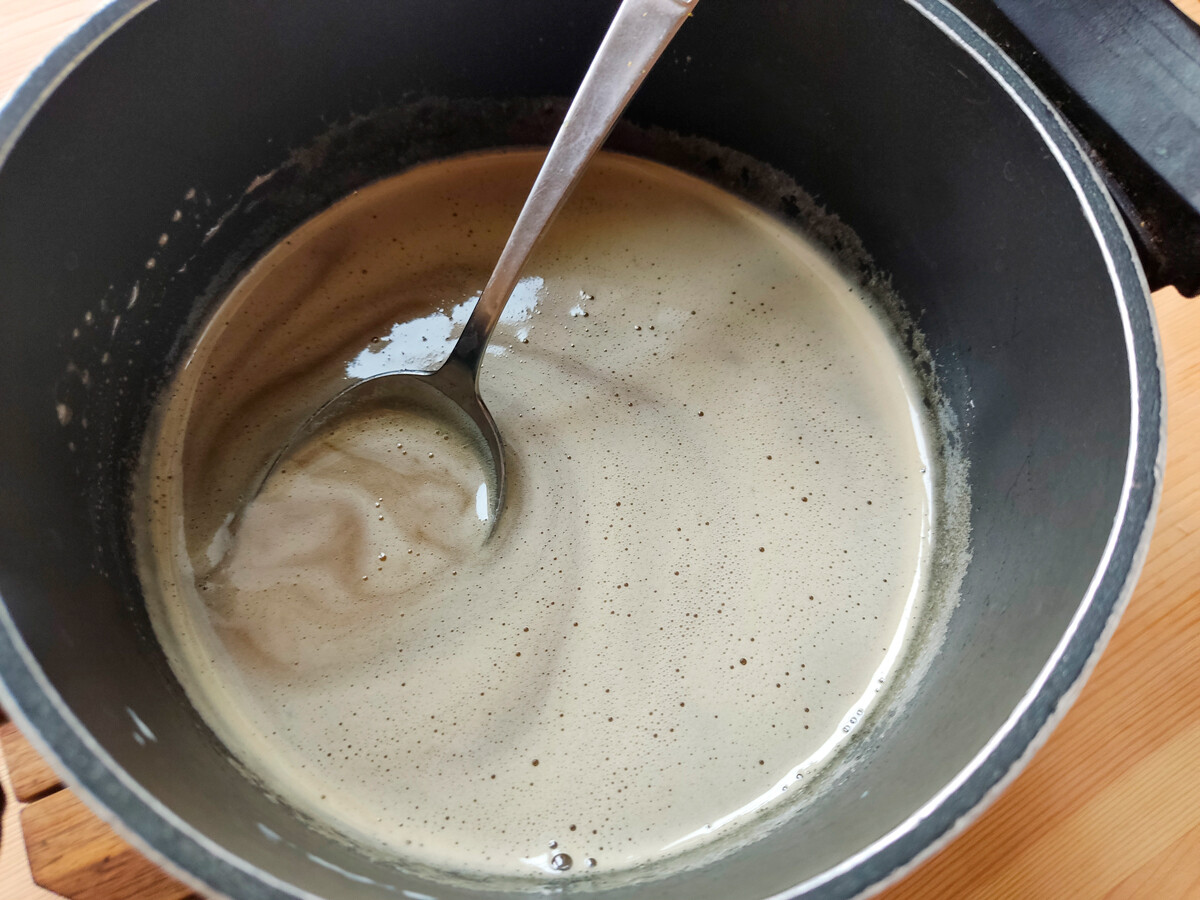
2. Grate the lemon zest on a fine grater.
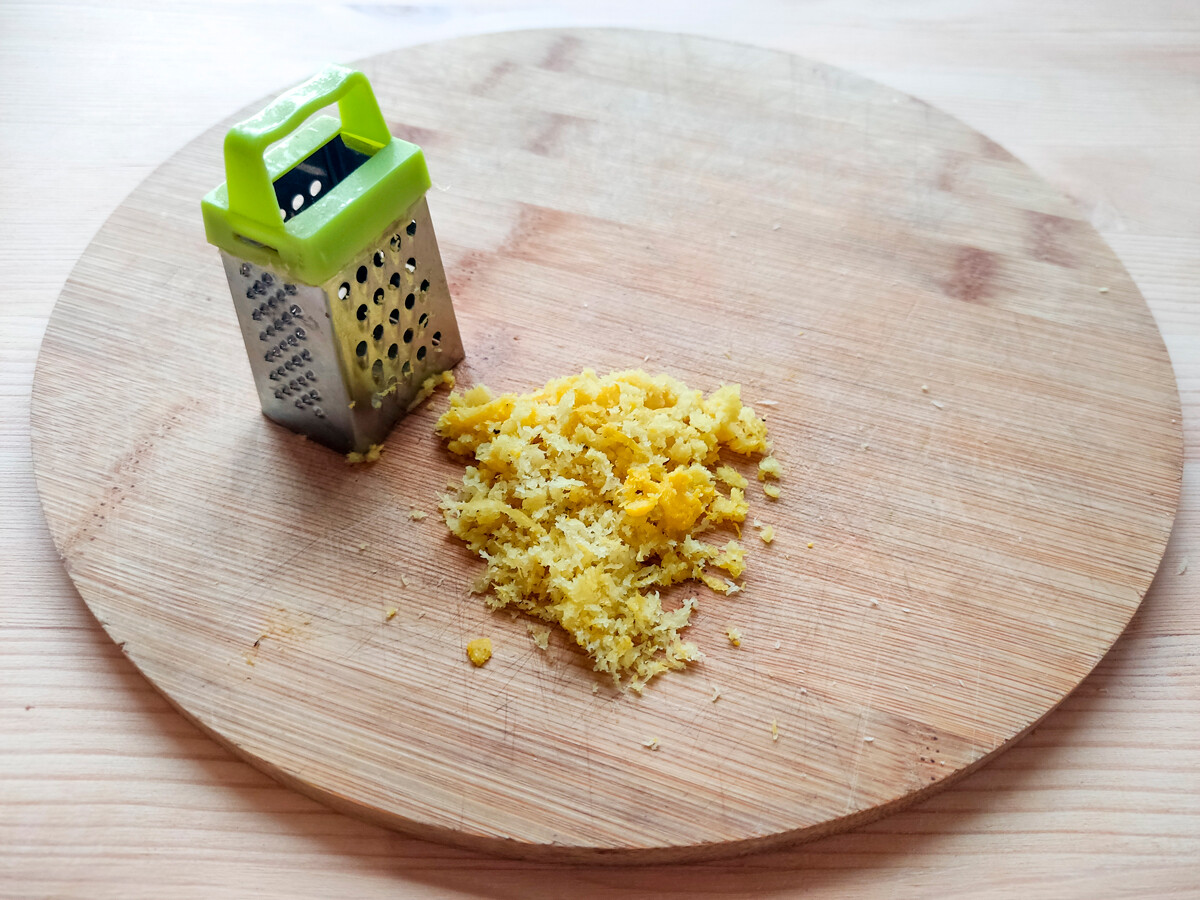
3. In a saucepan with honey, add lemon zest, sugar and rum, and mix thoroughly.
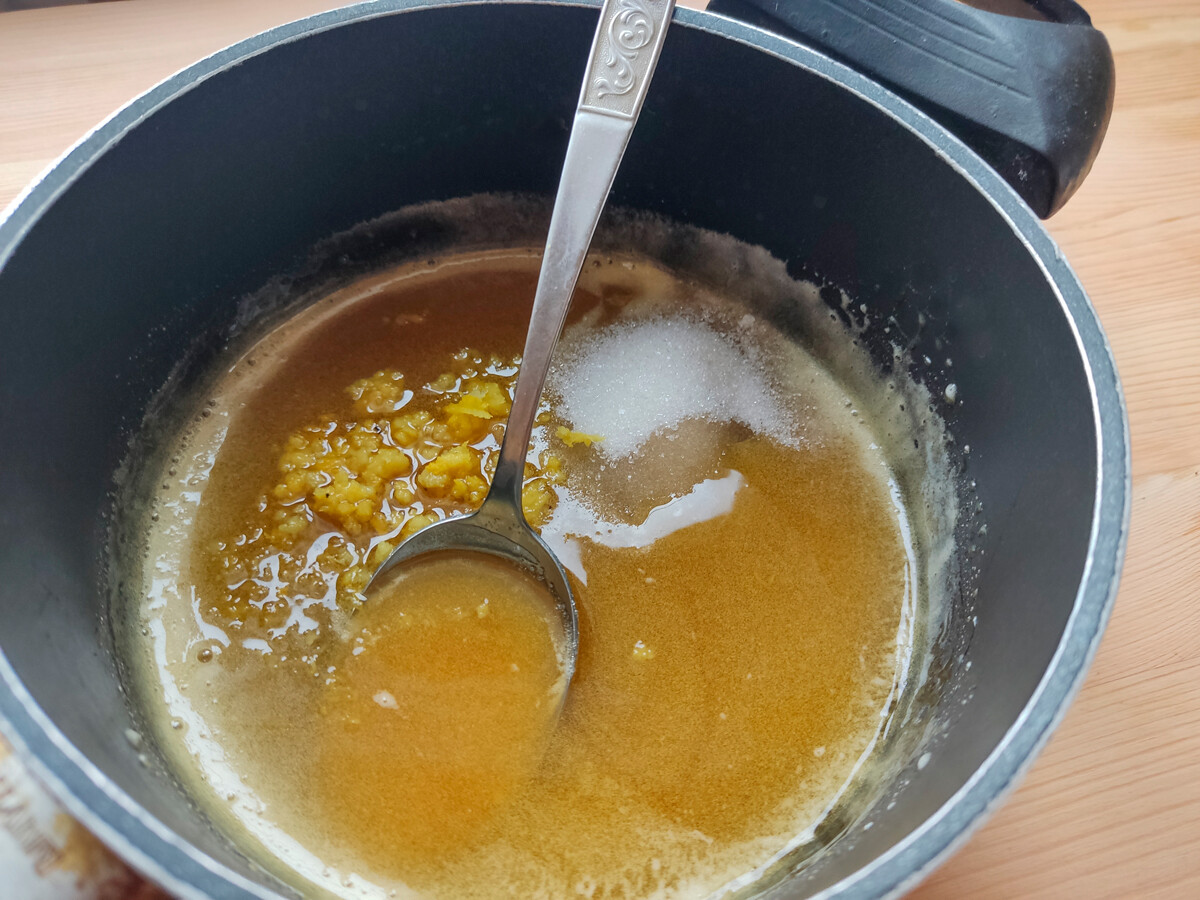
4. Finely chop the candied fruits and almonds.

5. Add the finely chopped candied fruits, almonds, and spices to a saucepan with honey, and mix well.

6. Gradually add flour, and knead into a thick dough. When the dough is dense enough, put it on the table and form a ball. Put the dough in a bag or bowl, cover and refrigerate for a day or at least overnight.
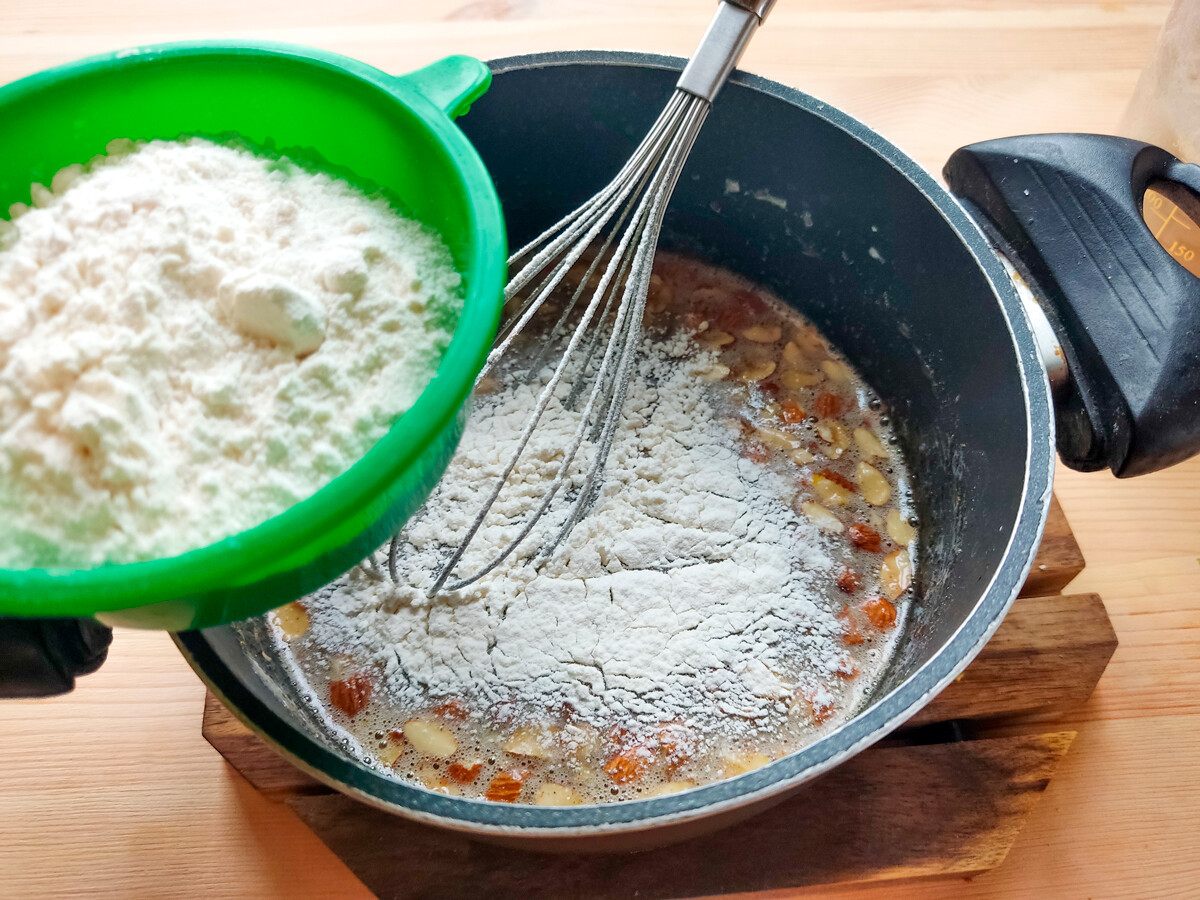
7. Let the dough warm up after being taken out of the fridge, and then roll out the dough with flour or with a plastic bag on top.
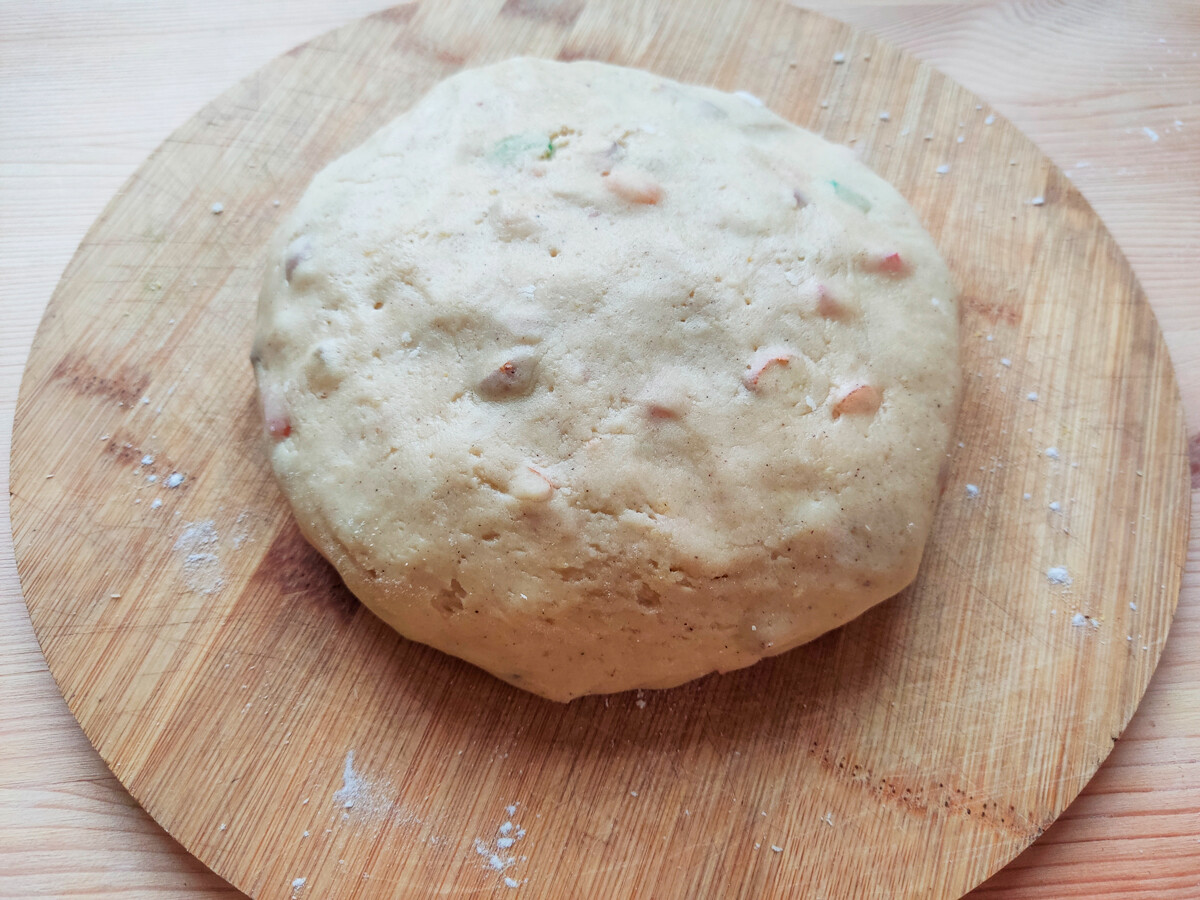
8. Cut out the figures you want from the dough, directly on baking paper, or as Sofia Tolstaya did – just squeeze the small dough balls with your hands. Put three almonds on each gingerbread, and then bake at 180–200° С for 10 - 15 minutes. Remove the gingerbread from the sheet only after it has cooled.
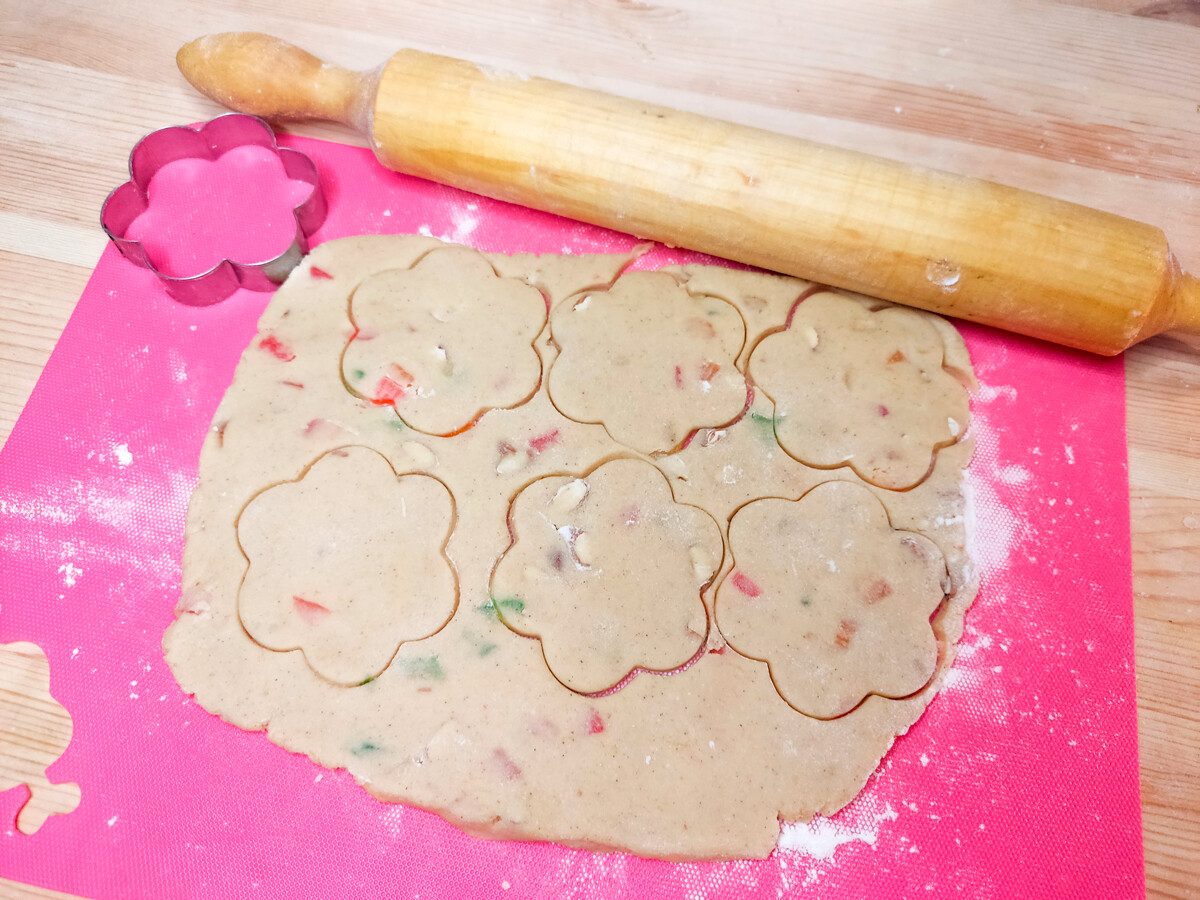
9. Now, your zhamki are ready! You can store them for up to several months in a closed jar. But we bet that you’ll eat them all in a few days!
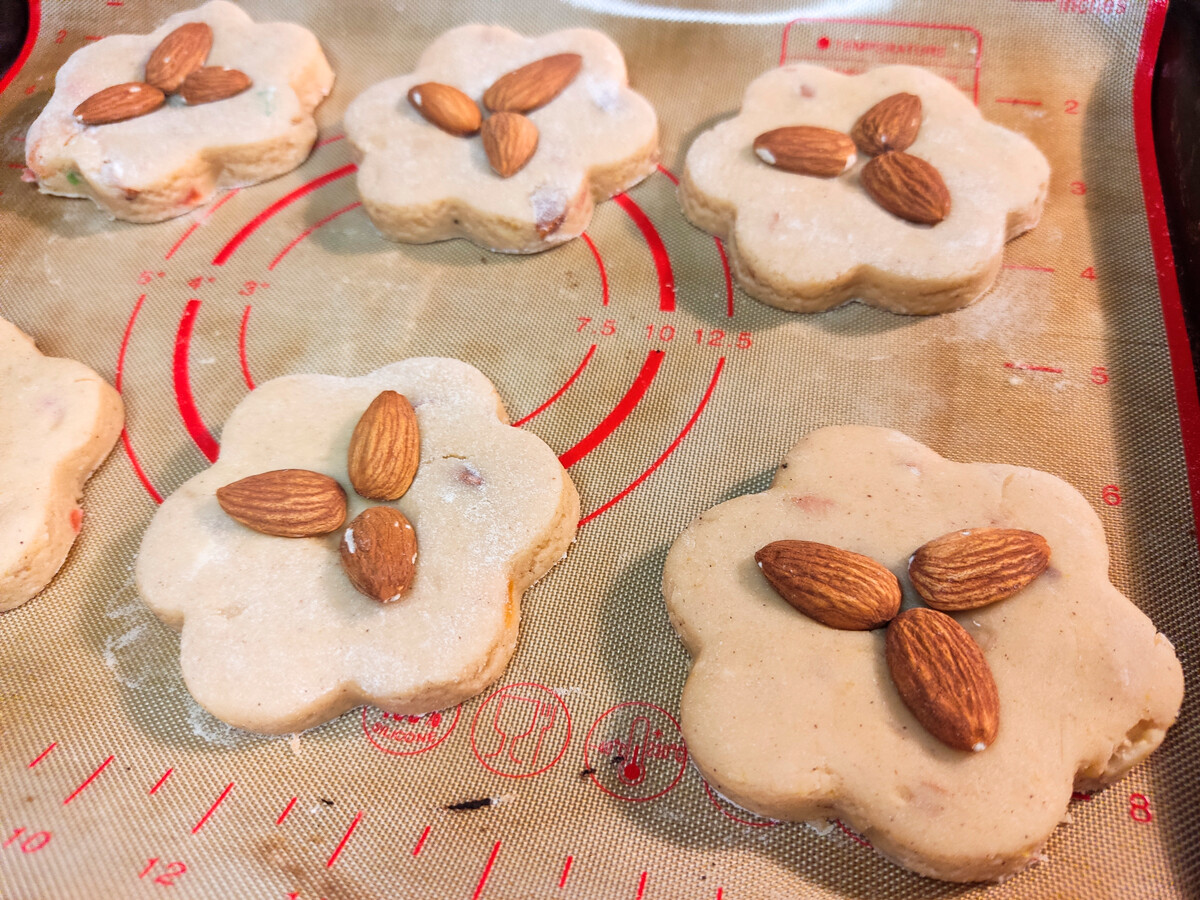
Dear readers,
Our website and social media accounts are under threat of being restricted or banned, due to the current circumstances. So, to keep up with our latest content, simply do the following:
Subscribe to our Telegram channels: Russia Beyond and The Russian Kitchen
Subscribe to our weekly email newsletter
Enable push notifications on our website
Install a VPN service on your computer and/or phone to have access to our website, even if it is blocked in your country
If using any of Russia Beyond's content, partly or in full, always provide an active hyperlink to the original material.
Subscribe
to our newsletter!
Get the week's best stories straight to your inbox